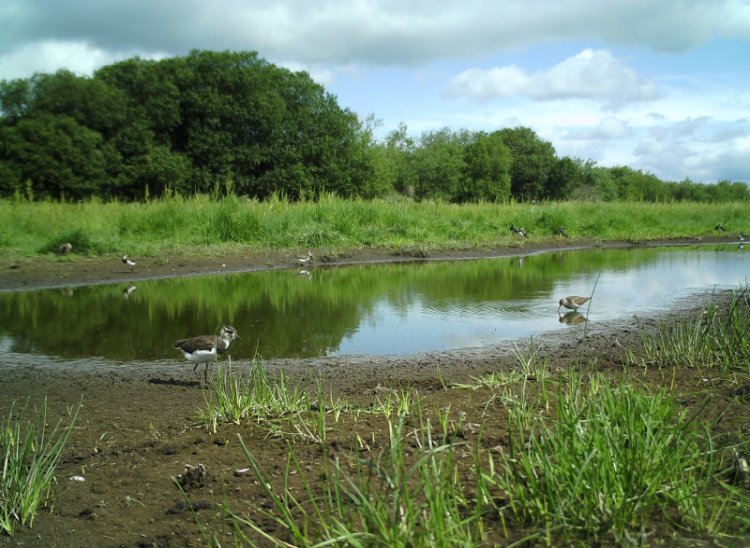
More than 1,500 farmers across Britain made 2020 Big Farmland Bird Count the biggest since it launched with 25 red-listed species recorded.
Farmers battled through the worst winter flooding in recent years to show they are at the forefront of conservation efforts.
They recorded more than 120 species across 1.4 million acres in the Game & Wildlife Conservation Trust (GWCT) initiative this February.
Twenty-five red-listed species were recorded, with nine featuring in the 25 most-commonly seen species.
Of these, fieldfares, starlings, linnets and lapwings were the four most abundant red listed species recorded with over 67,000 in total, which equates to 24% of all species spotted.
The five most abundant birds seen were woodpigeons, starlings, lapwings, black-headed gulls and rooks.
Due to storms Ciara and Dennis hitting both weekends of the count, organisers extended the count window by a week in response to calls from farmers who wanted to take part but couldn’t do so.
“The fact we received a record-breaking number of count returns despite Storm Ciara and Storm Dennis wreaking havoc for many farm businesses is remarkable,” said Roger Draycott, GWCT head of advisory who took on responsibility for co-ordinating this year’s count.
“This highlights the commitment of farmers to not only undertake farm wildlife conservation measures but also to record and evaluate the benefits of this vital conservation work.”
With an increased focus on delivering public goods in the government’s future Environmental Land Management scheme, understanding what is on the farm is increasingly important.
Half the participants are in some form of agri-environment scheme. Some 36% of farmers taking part were providing some form of extra seed feed for birds, either through growing wild bird seed mixes, or by providing additional grain through scatter feeding or via hoppers.
Farmers across the UK took the initiative to heart, with every county in England represented in the count.
For the second year running Norfolk had the most returns, with 129 farmers completing the survey. This was followed by Wiltshire with 68, and Hampshire and Suffolk with 67 each.
There were also responses from Northern Ireland, Scotland, Wales and, thanks to some passionate overseas conservationists, Austria.
The average farm size of those taking part was 920 acres (372 hectares), and includes arable, livestock and dairy farms, alongside horticulture units, poultry producers and pig producers submitting counts.
The survey areas included important environmental features such as hedges, woodland edges, ponds, grass margins, wild bird cover, ditches and trees.
The BFBC was launched in 2014 to highlight the work done by farmers and gamekeepers in helping to reverse the decline in farmland birds.
The count offers a simple means of recording the effect of any conservation work currently being instigated by farmers on their land, such as scatter feeding birds through winter or growing crops specifically to provide seed for birds.
